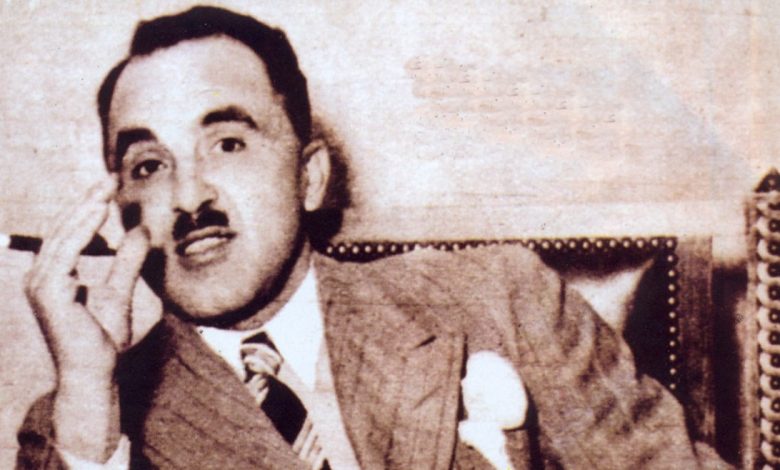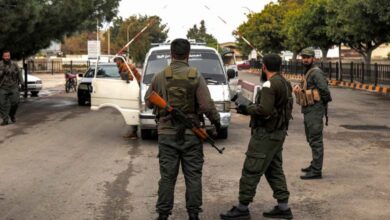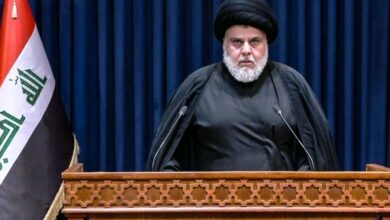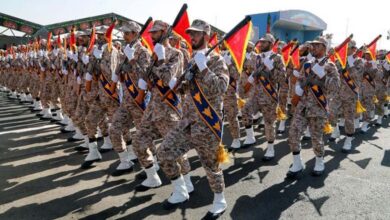On the anniversary of his assassination… This is how the Brotherhood killed Ahmed El Khazindar

Ahmed El Khazindar, former Deputy Prosecutor General of the Appeals Court, at the hands of members of the Muslim Brotherhood, after presiding over a case involving members of the Muslim Brotherhood organization on March 22, 1948.
Judge Ahmed El Khazindar sentenced some young Brotherhood members for attacking British soldiers in Alexandria on November 22, 1947, to life imprisonment with hard labor. This verdict was seen as a green light for his assassination by members of the organization.
Born in December 1889, he was 58 years old at the time of his assassination. After obtaining his bachelor’s degree, he attended the Police School and then the Law School, graduating in 1912. He was appointed as an assistant prosecutor in the same year of his graduation and progressed through the judicial system, becoming a first-grade prosecutor, then a prosecutor’s inspector, and eventually the Chief Prosecutor of Appeals in Egypt.
He was later promoted to become the Chief of Assiut Court, then Deputy Prosecutor General of Appeals in Egypt in Dhou al qi`da 1366, or October 1947, about six months before his assassination. He was known for his competence among the counselors, deep knowledge and understanding of the law, and had authority and firmness in conducting sessions. Throughout his life, he was known for not succumbing to any promise or threat.
After El Khazindar’s imprisonment sentence for Brotherhood defendants, Abdel Rahman El Sandi, head of the special system, reportedly said that Hassan El-Banna, the founder of the Brotherhood group, stated in a meeting with his members: “May God relieve us of El Khazindar and his likes.” Members of the organization considered this as a “green light” for his assassination.
El Sandi considered this as a declaration of El Khazindar’s killing and began planning his assassination with the assistance of Brotherhood members Hassan Abdel Hafez and Mahmoud Zein, according to Egyptian media.
The Egyptian media reported that El Sandi obtained El Khazindar’s address from Adel Kamal, a Brotherhood member who worked in the National Bank, after El Khazindar had opened an account there, indicating his address in detail.
On March 23, 1948, El Khazindar left his house on Riad Street in Helwan to take the train to downtown Cairo, where his court was located. He carried case files he was reviewing, including the “Metro Cinema Bombings” case, in which several Muslim Brotherhood members were accused. As soon as he stepped out of his house, he was surprised by two individuals, Hassan Abdel Hafez and Mahmoud Zein, who shot at him. He was hit by 9 bullets and fell in a pool of blood.
Residents of Helwan neighborhood quickly gathered upon hearing the gunshots and chased the criminals. One of them threw a grenade at the people who gathered to chase them, injuring some, but they managed to capture them. In the police station, documents proving their affiliation with the Muslim Brotherhood were found on them. The prosecutor summoned Hassan El-Banna, the group’s guide at the time, to question him about his knowledge of the perpetrators, but El-Banna denied any knowledge of their identity.
The prosecutor succeeded in proving that the first defendant, Hassan Abdel Hafez, was the “personal secretary” to the Brotherhood‘s general guide, Hassan El-Banna. El-Banna admitted knowing the defendant but denied any knowledge of the defendants’ intention to assassinate Judge Khazindar.
The following day, the Brotherhood held a stormy meeting to discuss the incident, and it was decided to form a committee consisting of senior officials of the special system, so that El Sandi would not act on his own initiative, and that the committee would receive clear directives from El-Banna himself.












